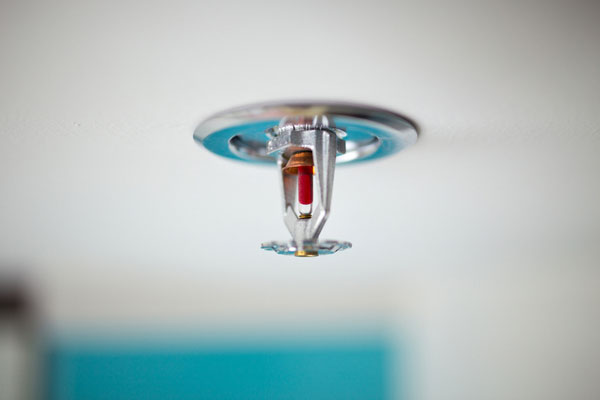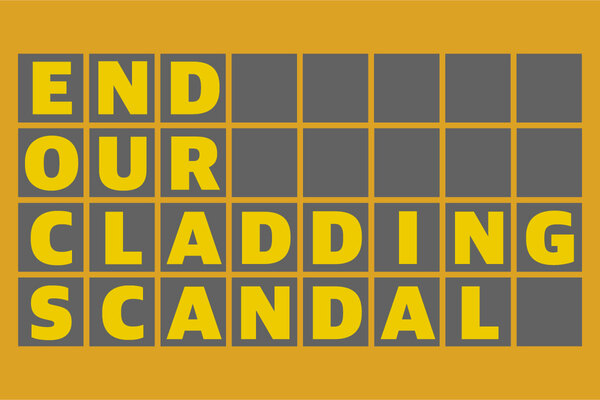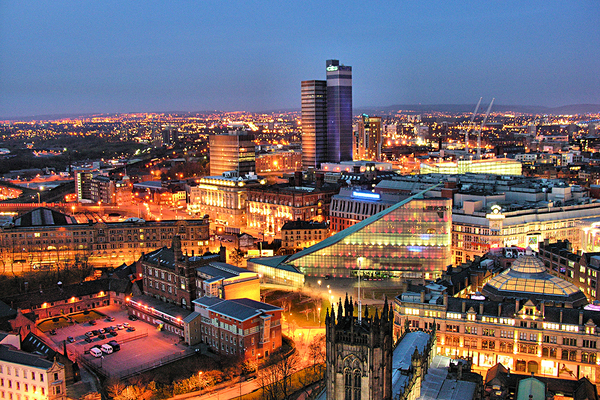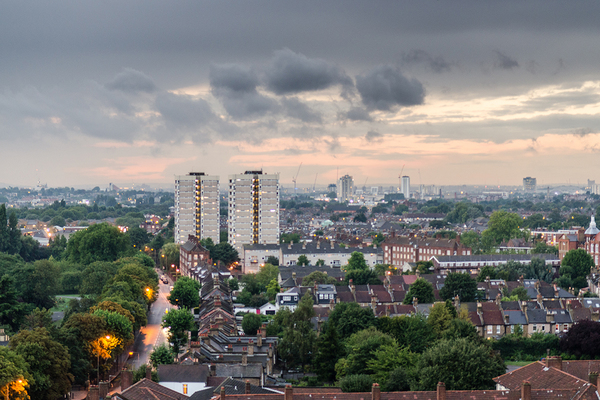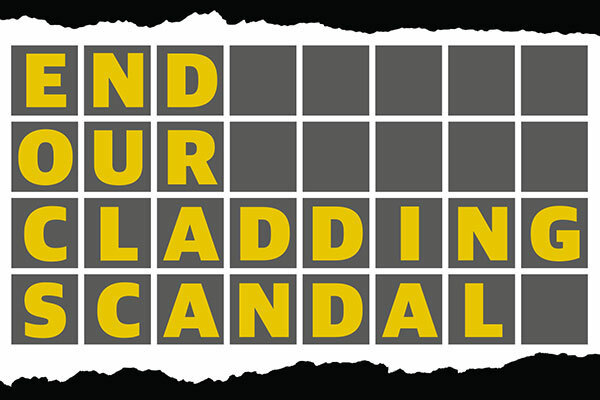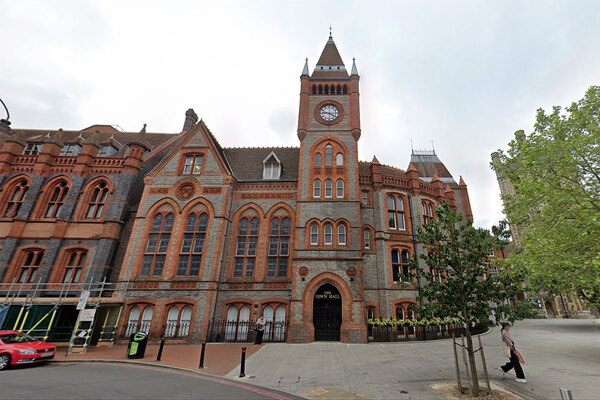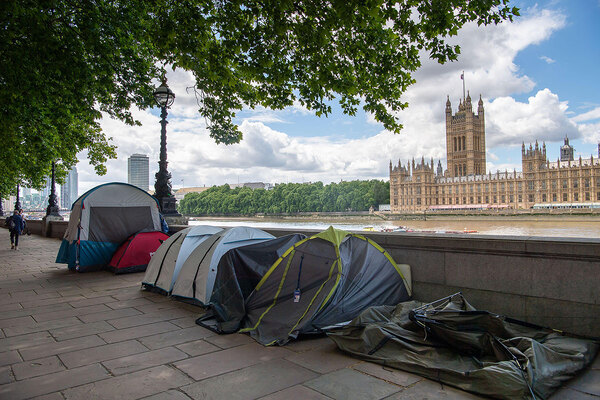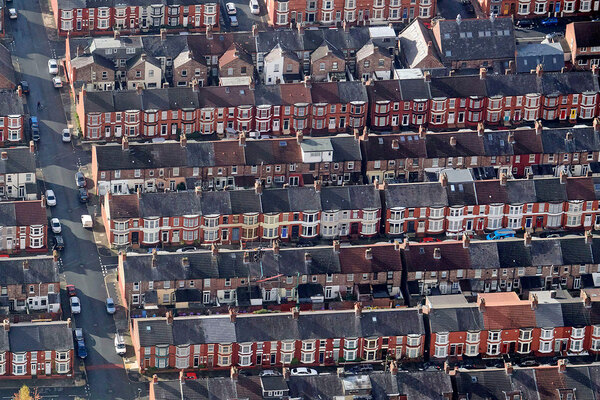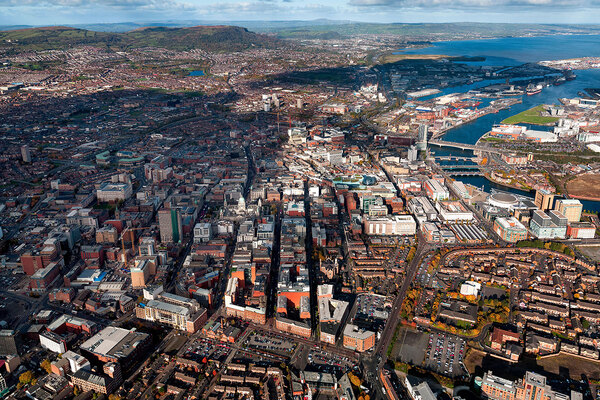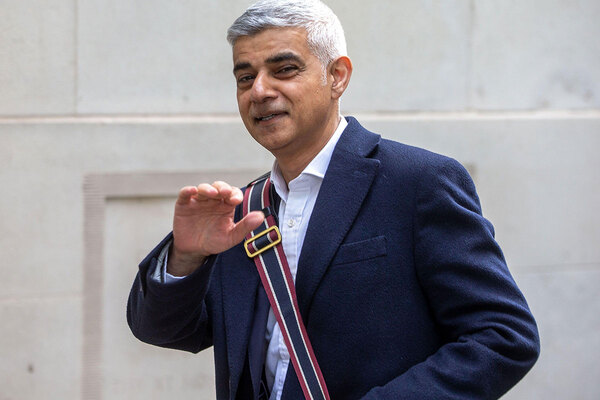You are viewing 1 of your 1 free articles
Wandsworth Council loses bid to force leaseholders to pay for sprinklers
Wandsworth Council has had a legal application to force all its leaseholders in high-rise blocks to pay to fit sprinklers struck out by a tribunal.
The local authority was seeking a ruling which would have allowed it to force leaseholders to pay to retrofit sprinkler systems in residential blocks of 10 storeys or more.
If the court had ruled in favour, it could have entered flats without leaseholders’ consent to fit the systems and recoup some of the cost via service charges.
The application affected around 2,500 flats in the borough, and the residents affected would have had to pay between £3,000 and £4,000 for the sprinklers over 48 months, the council estimated.
But the tribunal found that Wandsworth Council was not entitled to ask for a “blanket determination” of leaseholder rights.
It is said that if the council wish to fit the sprinkler systems then it must consider each block of flats individually and could make an application to the tribunal on a block-by-block basis at a later date.
Conservative-run Wandsworth Council announced plans to install sprinkler systems in all 6,400 flats in its tower blocks of 10 storeys and above the week after the Grenfell Tower fire on 14 June 2017.
Installing the systems would have meant each block would have to have an independent pressurised water supply, requiring the installation of additional pumps and tanks.
Pipework would be run through the communal areas at high level and into each property, and sprinklers would be installed in every room except bathrooms.
In September that year, its cabinet approved proposals to attempt to recover some of the £24m cost of the works through leaseholder service charges.
But five residents’ associations lodged objections to the plans, forcing the council to take the case to a First-tier Property Tribunal in July 2018. Around 200 leaseholders attended the hearing in October 2018.
They added: “Sprinklers are required by law in all new blocks over 30 metres due to their proven record on improving fire safety.
“It is perhaps surprising that a tribunal felt unable to consider an application aimed at ensuring that all residents of council tower blocks were entitled to similar levels of fire safety to residents of newly constructed blocks. Until primary legislation clarifies these urgent matters a two-tier fire safety regime will remain.
“The council is considering the merits of an appeal.”
End Our Cladding Scandal general election campaign: full coverage
The cladding scandal is far from over. Here’s why we need a fresh approach
Click here to read the full story
Ahead of the general election, Inside Housing revisits our national cladding scandal and sets out what needs to be done to prevent any further tragedies. Peter Apps reports.
The cladding crisis Down Under: what we can learn from the response to Grenfell in Australia
Click here to read the full story
Five years ago a fire spread up Grenfell-style ACM cladding on a high-rise in Melbourne. This prompted an overhaul of the Australian state of Victoria’s building safety regime. Peter Apps finds out what the UK could learn.
More than 100,000 buildings outside scope of fire safety measures, minutes reveal
Click here to read the full story
There are more than 100,000 medium-rise homes that fall outside new regulations aimed at making buildings safe in the aftermath of Grenfell, including the ban on combustible cladding, Inside Housing can reveal.
It’s only a matter of time until the next Bolton unless the parties step up to the plate on fire safety
Click here to read the full story
Inside Housing’s new election campaign calls on the main political parties to commit to taking action to prevent what currently seems like an inevitable further tragedy. It’s time for everyone to step up, writes Martin Hilditch.
Leaseholders fear missing out on £200m cladding fund as bidding deadline approaches
Click here to read the full story
Leaseholders living in blocks seeking government funding for the removal of Grenfell-style cladding have raised concerns over meeting the deadline for applications, while criticising the lengthy process being run by the government.
Government refusing to test polystyrene panels, despite request from London boroughs
Click here to read the full story
The government has no further plans to carry out testing of cladding products despite a specific request from London boroughs to test systems comprising polystyrene, a document obtained by Inside Housing has revealed.
